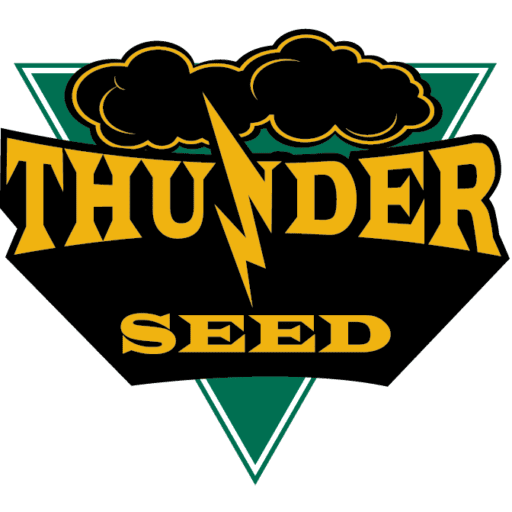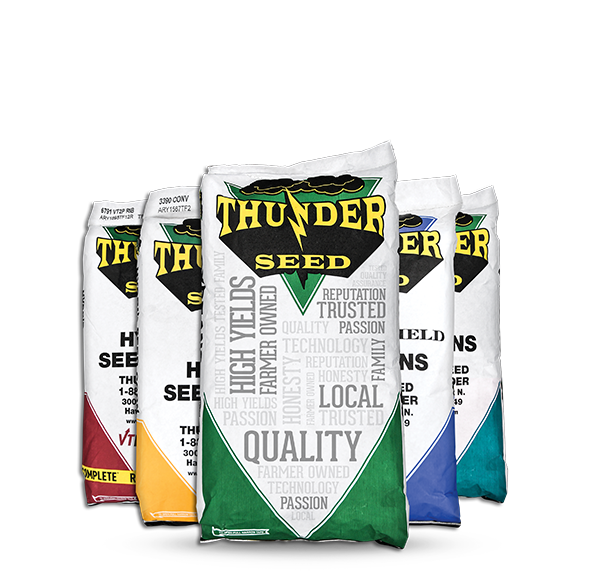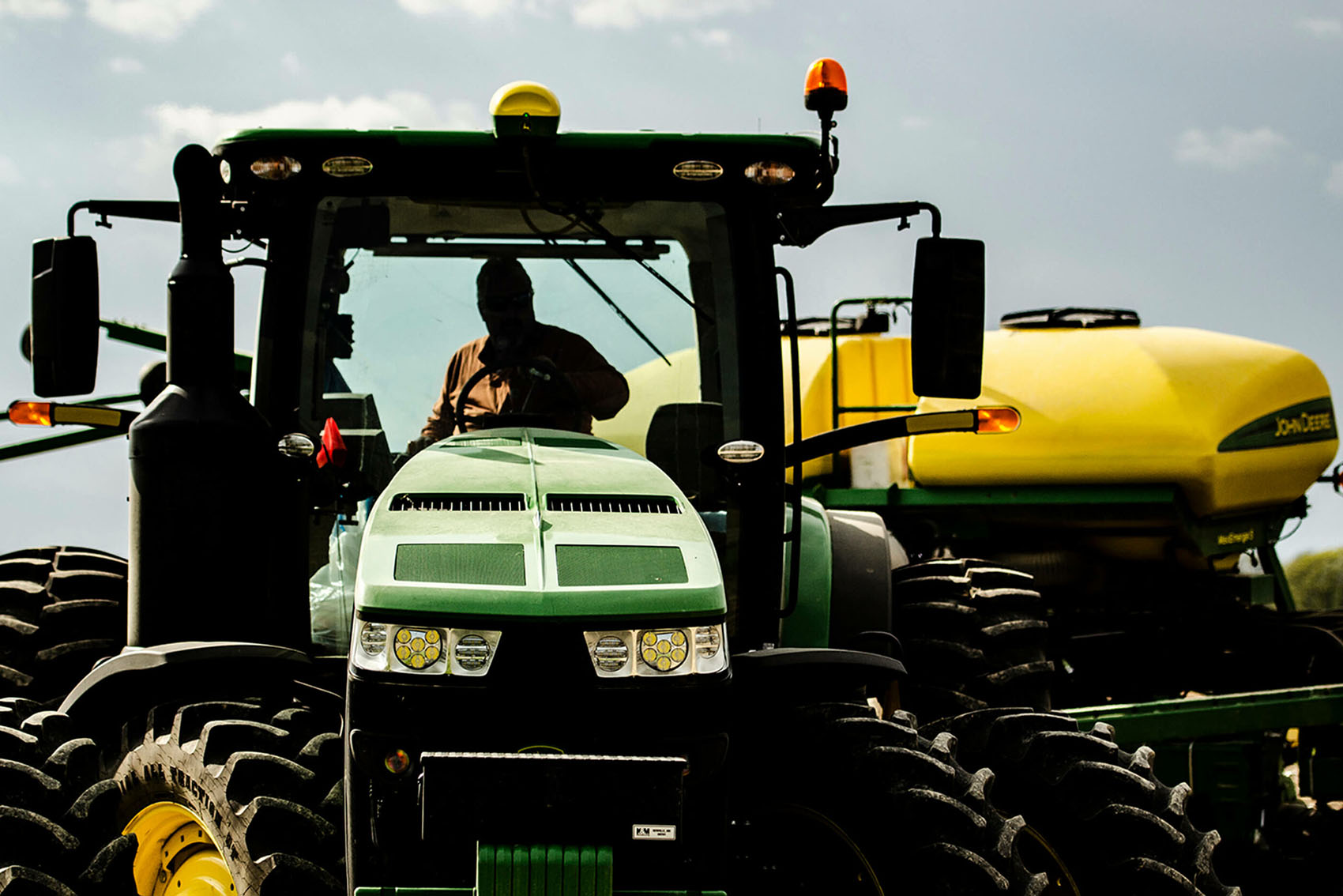
Get an inside look with Mike Dietrich at how Thunder Seed is leading the way in research & development.
Article By Josiah Kopp, featured in Future Farmer Magazine
When it comes to giving insight into industry leading research and development on seed and seed breeding, there is no one more qualified than Mike Dietrich of Thunder Seed. Dietrich has been in agriculture for as long as he can remember, starting with growing up on a family farm in Pembina County, ND. He continued his love for agriculture at NDSU with a B.S. degree in Ag Economics and M.S. degree in Plant Sciences.
Dietrich’s professional career now spans over 25 years, having lived in Iowa, North Dakota and Minnesota while traveling across the Corn Belt, Midwest and western Canada. Many of those years were spent working with corn and soybean breeders evaluating genetics, testing variety performance and assessing variety responses to environmental pressures.
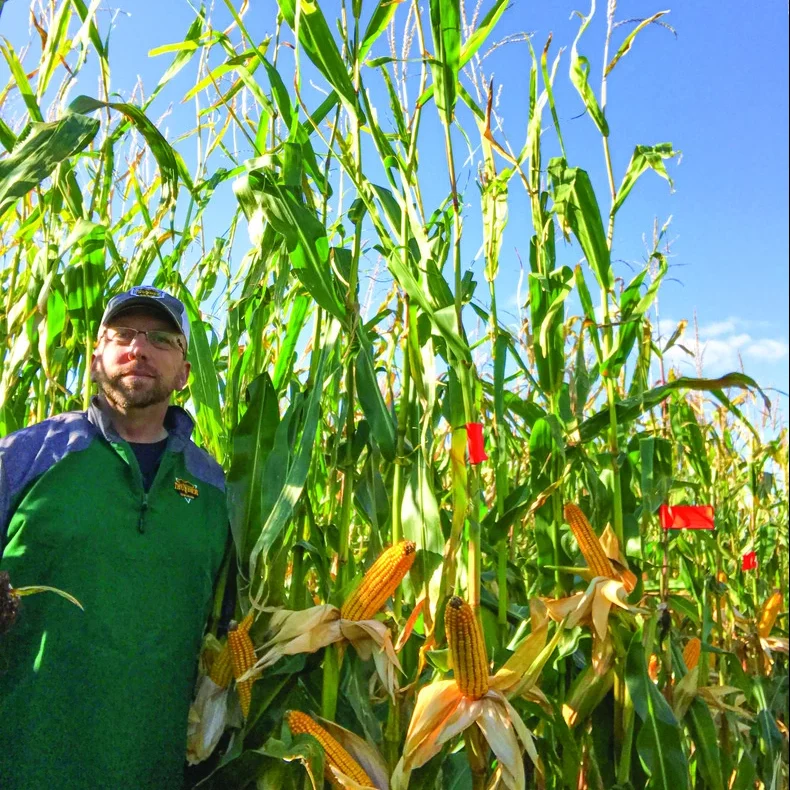
Global Research, Genetics, & Testing
This experience led to Dietrich working with one of the leading seed and biotechnology companies in the world, which filled his arsenal with unmatched experience and insight. It also provided him the opportunity to see the extent of genetic diversity that’s available to farmers today.
This also gave Dietrich an understanding of the biotechnology methods used to transfer beneficial genes to a plant, which in turn allows new opportunities for improving crops with greater efficiency. This process is called genetic modification and the result is a genetically modified seed (GM seed). Thunder Seed offers farmers many different corn and soybean varieties today that have added beneficial traits from this process such as herbicide tolerance, insect resistance and drought tolerance, just to name a few.
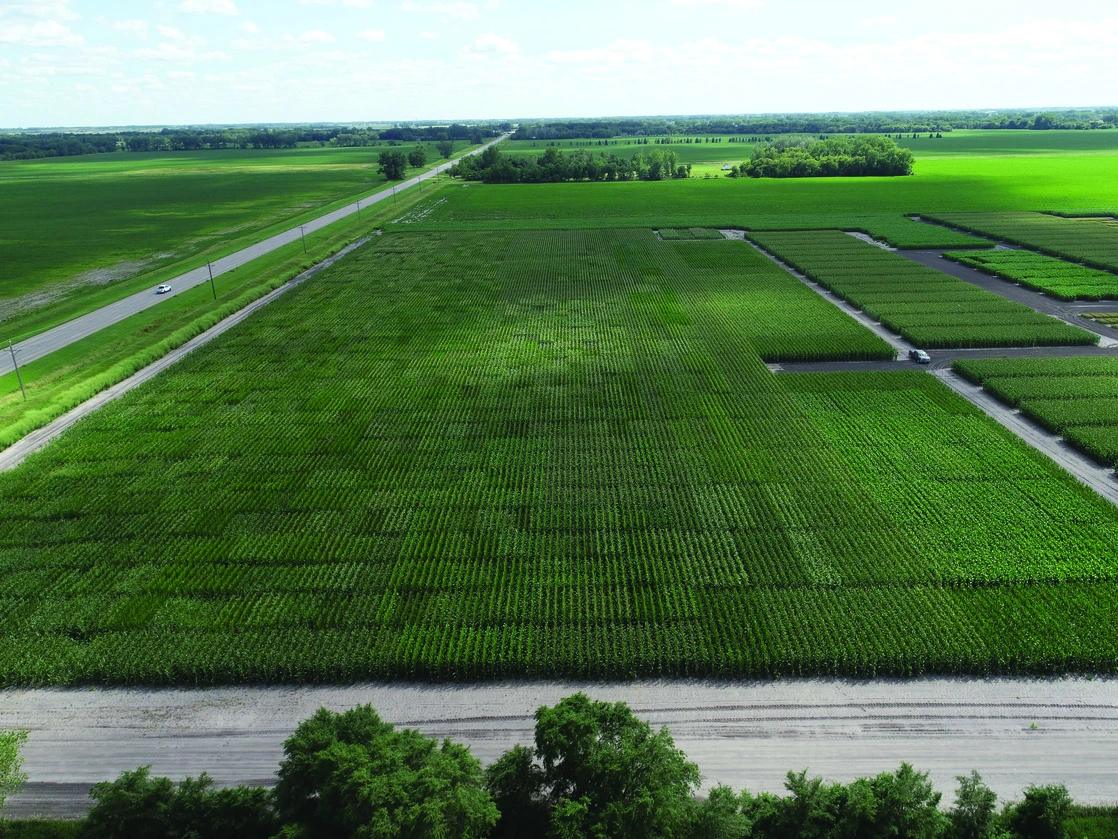
Traditionally, plant breeding was more time-consuming, and required a lot of resources. The typical process of developing a new variety started with observing favorable characteristics in two parent varieties. Those were cross-pollinated to create a new variety which the breeder hoped would retain the positive characteristics of the parents. However, it required growing that new seed into a fully developed plant before knowing if the results were favorable.
Innovations in plant sciences, knowledge of the genetic makeup of plants and computer technology advancements are all important components of today’s breeding process. Breeders are now using computer algorithms and predictive modeling to analyze billions of data points to predict how millions of seeds will perform in fields before they’re ever planted. Identifying characteristics at the genetic level allows for the highest probability of success in the field. You can rest assured that once new varieties are identified, they are still thoroughly tested in the field across the growing area and its environments to confirm they have the performance necessary to help farming customers’ productivity in growing their crops.
Why Growers Should Be Excited
Thunder Seed is an independent seed company owned by four individuals in our area of Minnesota and North Dakota. Each of the owners have decades worth of experience in the seed industry. One of the best features of being an independent company is that they can get products from more than one breeding program. In fact, Thunder Seed has business agreements and strong working relationships with all the major breeding programs and all the major biotech companies in the industry.
This gives Thunder Seed the benefit of selecting the very best products for their farmers’ fields from many different sources—not just one. That same benefit also translates into another benefit for farmers, which is offering a wide selection of traits that come with the soybean varieties and corn hybrids. There are many examples in the lineup that have the same genetic hybrid offered with multiple trait versions. One example is T6181 VT2P, which is an 81-day corn hybrid with VT DoublePro trait which provides herbicide resistance and above-ground insect protection. That same hybrid is also available as T4181 RR, which has just herbicide resistance, and it’s available as T2181 CONV, which is a conventional hybrid. If you check out Thunder Seed’s corn or soybean lineups online at thunderseed.com you’ll see lots of diversity in the represented traits.
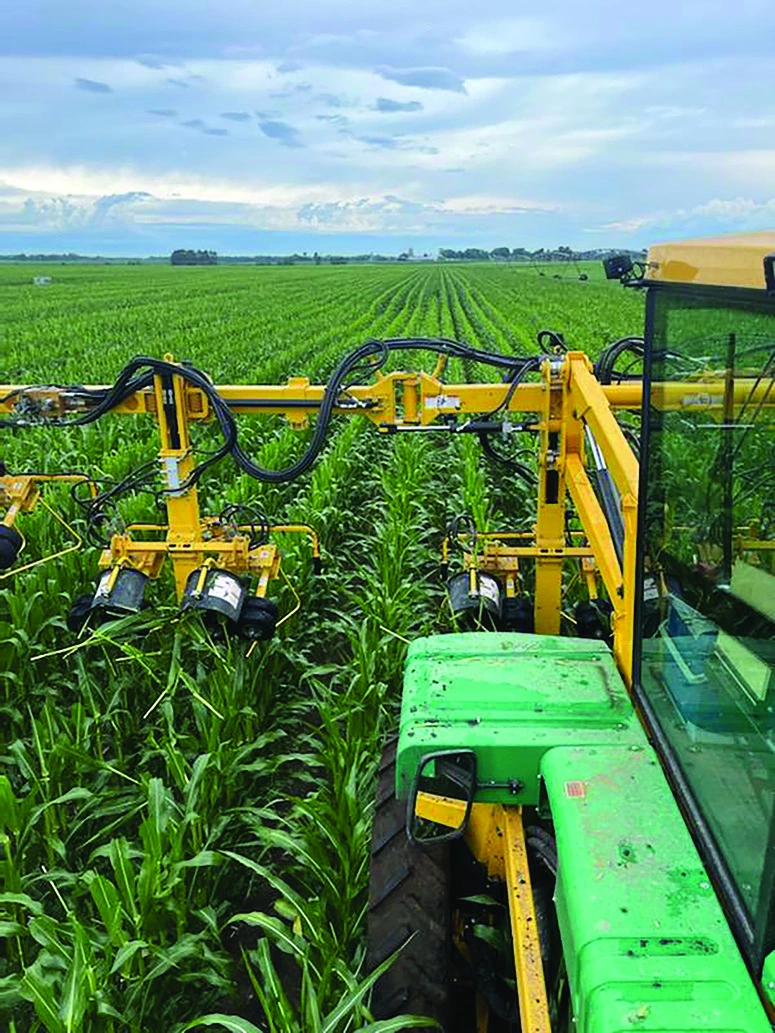
Seed Prediction & Success
Product evaluation at Thunder Seed starts with Dietrich walking hundreds of plots each year. In addition to Thunder Seed’s research trials, he also walks breeder research trials with experimental products. “Getting that visual assessment is an extremely important part of the process,” he said.
Besides the observations in the field, there are a lot of tools available for Dietrich to use as he evaluates each potential candidate, products are thoroughly tested for many years from the time each seed was first crossed by the breeder until the time it gets into a Thunder bag. All the data from those years of testing is used by Dietrich to develop a complete picture of performance. He looks at data by state, region, growing environment, maturity zone, previous crop field history, population and much more. Once the lineup is determined, the testing doesn’t stop. Thunder Seed continues testing all its products across multiple replications, locations and years.
Built for the Long Run
Seed quality is very important to Thunder Seed. All their soybean seed production partners take extra care when harvesting, handling, cleaning, packaging and transporting. They all keep in mind that poorly handled seed can damage the seed and consequently hurt the germination rates and seedling vigor in the spring. Each production partner cares for seed quality by moving it (or handling it) the least number of times necessary. When they do handle the seed, they do it as gently as possible. Belt conveyors are used, not augers. Bean ladders are used in bins, which reduces the risk of damaging the seed since it slows the sow of the seed; it doesn’t drop too far too fast. The cleaning facilities themselves are set for the best seed care as well.
Thunder Seed is also partnered with a corn production company that cares a lot about seed quality and has state-of-the-art equipment to accomplish the task. Just one example of the high-tech devices utilized in their facility are multiple optical sorting machines. Through these machines, quite literally every single kernel is evaluated. The people at the production company really work hard for Thunder Seed to deliver the best seed possible that ends up in the farmer-customers’ hands. It’s not only about having and utilizing the most advanced equipment but also the personal attention to detail that really makes a difference.
The quality is confirmed with their partnering seed lab testing above and beyond what’s standard in the industry to make sure their seed measures up beyond the standard expectation. The standard test for corn seed is simply a “warm germ” which is testing the germination rate at room temperature. However, field conditions in the spring are not always ideal with nice warm soil temperatures. That’s why Thunder Seed also has their seed lab test their seed corn at 50 F for a “cold germ” which is often closer to the real soil temp in the spring when it’s planted. Although they don’t stop at that test either. This year they are also adding an additional test to see how the corn germinates at a frigid 40 F. This is really challenging the seed’s germination and vigor. Thunder wants to be sure the seed will perform well for their customers before it goes to the customer.
Farmers look for consistency in their crop production operation, improved profit potential from each acre, and sustainability for many years to come. Growing Thunder products can help them achieve those objectives and they can have confidence that the Thunder Seed team is working hard every day to provide the best performing and best quality seed possible.
For more info, visit thunderseed.com or call 218.422.9011
806 Center Ave W, Dilworth, MN 56529
@ThunderSeedInc
@thunder_seed
@thunder_seed
